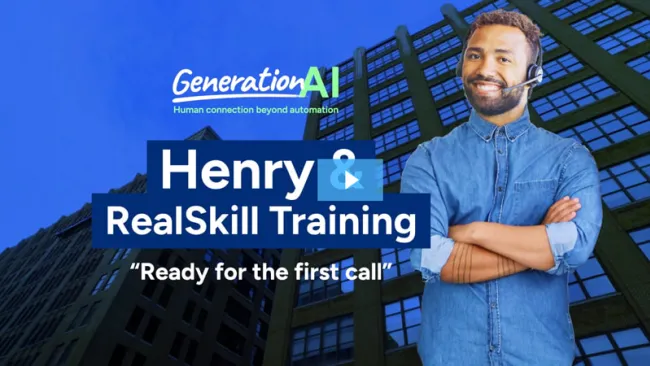Many organizations say that their employees are their most important assets, but few really know how their employees are feeling, or the effect those feelings on their performance and loyalty.
Emotional connections have a significant effect on productivity, employee engagement, and retention. And the better engaged employees are with what they do and the company they work for, the more it will be reflected in the quality of their work and ultimately the customer experience. But emotions are complex and difficult to pin down.
Have no fear.
It’s now possible to identify and act on the underlying employee emotions to improve their experience, and ultimately the customer experience.
Employee eXperience Vector (EXV) is a method of summarizing complex and long-term employee state-of-mind in a few simple numbers and that can help anticipate staff turnover, predict productivity, etc.
EXV combines data science (segmentation, predictive modelling, etc.) with behavioral science (analysis of feelings, perceptions, etc.) to create a multi-dimensional score that indicates the likely current emotional state of every employee in a workforce. The solution converts fleeting emotions into persistent, long-term emotion maps (sets of numbers) that summarize each employee’s unique journey from recruitment to retirement.
Here’s how it works: Our approach extrapolates experiences across employee journeys and business events. Because the solution is not dependent upon surveys, it can be used to generate EXV scores for the whole workforce and in near real-time.
It does this at scale (for every employee), automatically and frequently (every day) and gives a simple-to-use score that can be embedded within operational systems such as human capital management, learning/career management, resource planning, etc.
For example, negative experiences such as poor management, shifts in organizational strategy, etc. may point to increasing employee dissatisfaction and declining engagement. But there are indicators that may otherwise be missed because they are so small when looked at as a single snapshot. By identifying these signals, executives gain insight into underlying, emerging issues related to their employee’s working experiences. This enables early intervention to prevent negative occurrences before they become damaging, as well as promote and amplify positive experiences to encourage engagement.
To learn more about how to emotionally connect with your employees and drive better customer experiences that impact your bottom line, check out our e-book, Get Smart about Employee Emotions.















